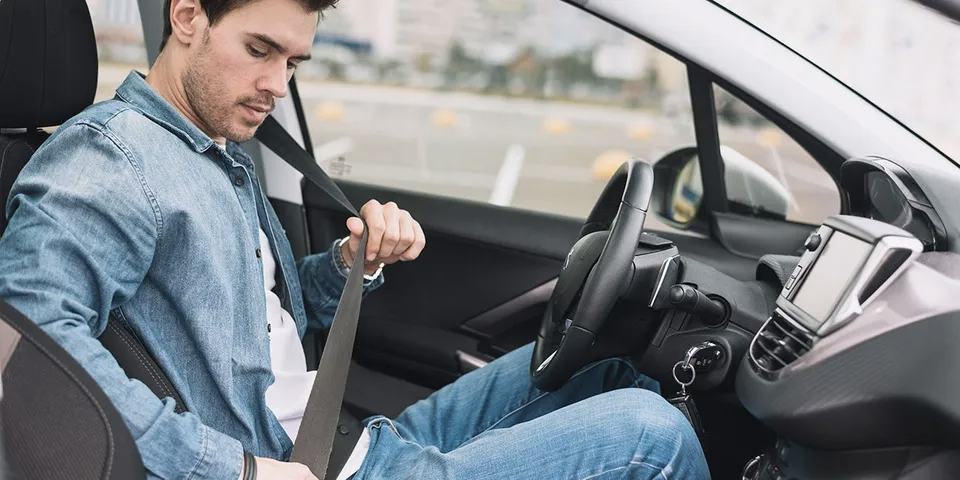Car Maintenance Tips For New Drivers
The excitement of passing the driving test and obtaining a full driver’s license is always great. Now that you have been there and done that, it is time for you to know the very basics of car maintenance that will improve your car’s life and it will stay more on road than resting in garage for repairs.
One common thing that new drivers struggle with is the lack of understanding and knowledge about the vehicle that they drive. And at times when they come across a minor fault, it is their little or no knowledge that results in mechanics ripping them off.
This piece of writing is a quick insight for new drivers and an introduction to different parts of their car so that they can deal with situations in a more known way.
Engine – Engine is the backbone of a car. Almost everything in a car depends on its engine. If well taken care of and in good shape the engine will perform well, means less failures and stoppages. However, if not maintained, the driver will be visiting the garage regularly and will be paying fortunes. A good driver will make sure that the engine oil is replaced every 8000 kilometres or so, depending on the user manual of the car it may vary. One must also check the coolant; it is usually labelled with marking for minimum and maximum. The coolant should always be above the midway between the two markings, this will help prevent the car engine from overheating.
Tires and wheels – One of the key responsibilities of a driver is to ensure road safety. Tyers and wheels must be regularly check and it must be ensuring that they fallen with the set standards set by the local road safety legislation bodies.
Bad tyres will always result in poor road grip and slippage when the breaks are applied. This is where the life of the driver or others may be endangered. Poor tyres usually tend to blow up when the car is driven slightly fast, resulting in tumbling, and crashing. As a good driver, it is your responsibility to ensure that the tyres are within the set parameters and the wheels are aligned for a safe and smooth driver. The tyre air pressure shall be always maintained for a safe journey plus it may add extra miles every gallon of fuel.
Type of fuel
A common perception from drivers especially new drivers is to buy expensive fuel (high octane) because they believe it keeps the engine clean, however, this fuel type usually is for sports car. A driver must stick to the fuel type mentioned on the user manual of the car for improved and lasting performance of the engine.
Chassis
All the visible areas of the chassis, after losing the paint may result in rusting. This may not be good for the structure of the car and it may also lose its value. This is usually a neglected area, being a good and careful driver, any area of the chassis losing paint shall be repainted as soon as possible to avoid the risk of rust.
Electrical maintenance
A car’s electrical health shall always be checked and kept intact, this is important because all car starts with battery power, which after turning on charges the battery via alternator. One must not forget to remove the battery terminals when working on any electrical part of the car. Wiring diagrams are provided in almost every car, therefore, work in accordance with them to avoid short circuit or breakdowns.
Lights
Most of the road accidents takes place due the absence of functional lights in a car. If a car’s indicators are not functional, the drivers behind it will not be sure if the car has slowed down because it is turning or is there a fault. This confusion may easily cause a road crash. Similar is the case with headlights. If one is driving in the night with poor or no headlights, the result are not going to be good. Each year thousands of lives are lost due to negligence towards lights. That is way the road safety laws have become stricter than ever, i.e., one may be heavily fined or may also lose his/her license if the lights of the vehicle fail to meet the set standards.
Instrument panel
Every car has equipped the instrument panel feature. One as a driver must keep an eye on this panel. This panel is designed to timely inform the driver about any malfunctioning area of the vehicle. Some of the common lights in this panel are, the brake oil light, the engine light, coolant light, oil gauge light, electrical fault lights. Never ignore these lights and get the issues fix as soon as possible. Remember, driving can be fun provided if it is done in a safe and careful manner.







